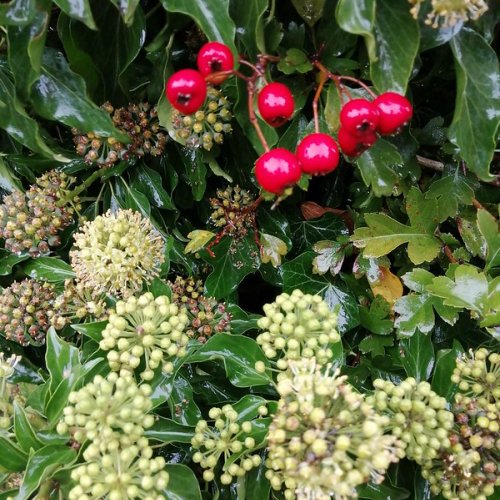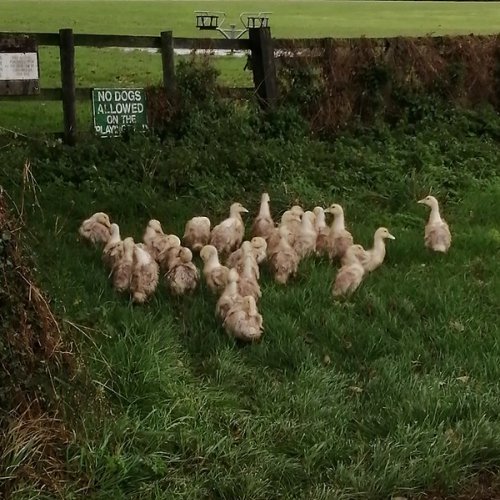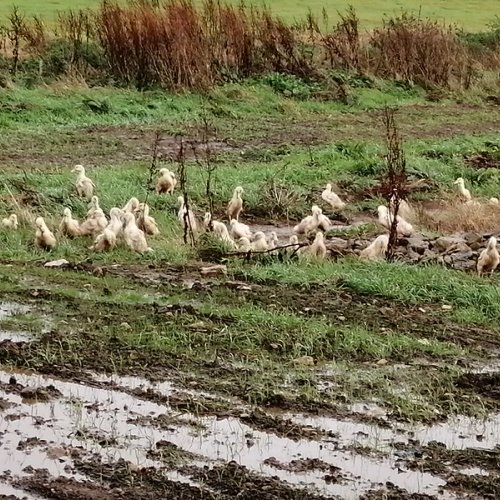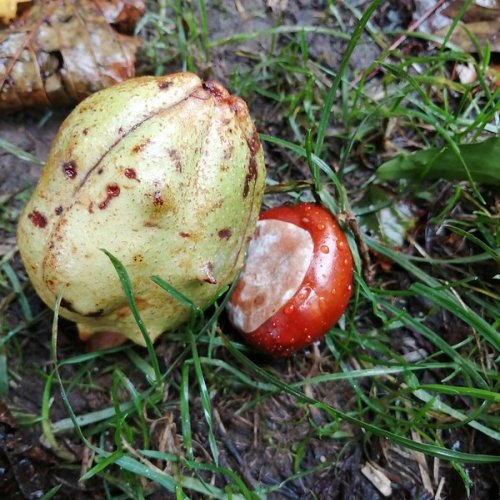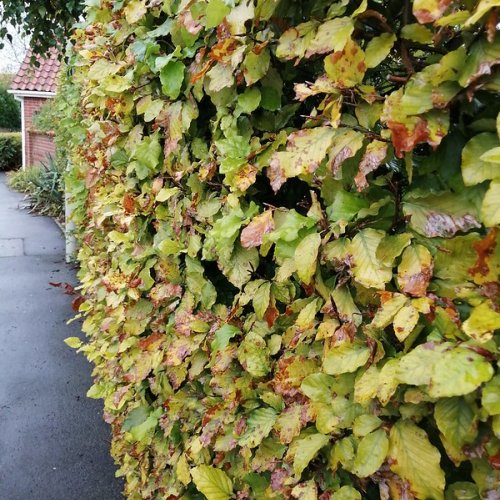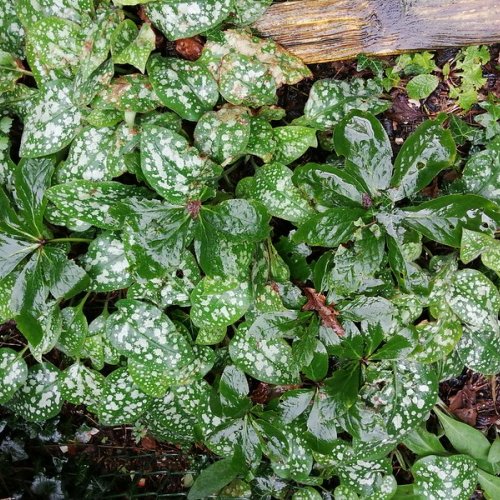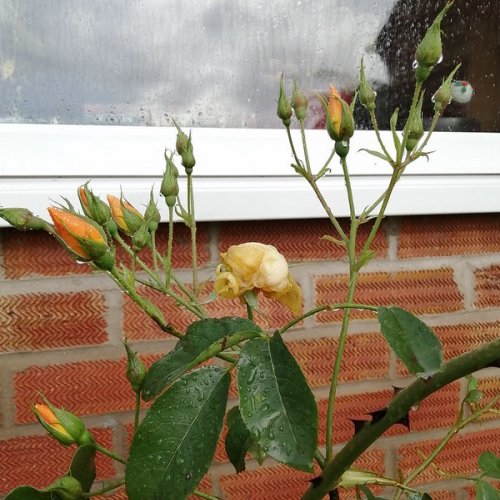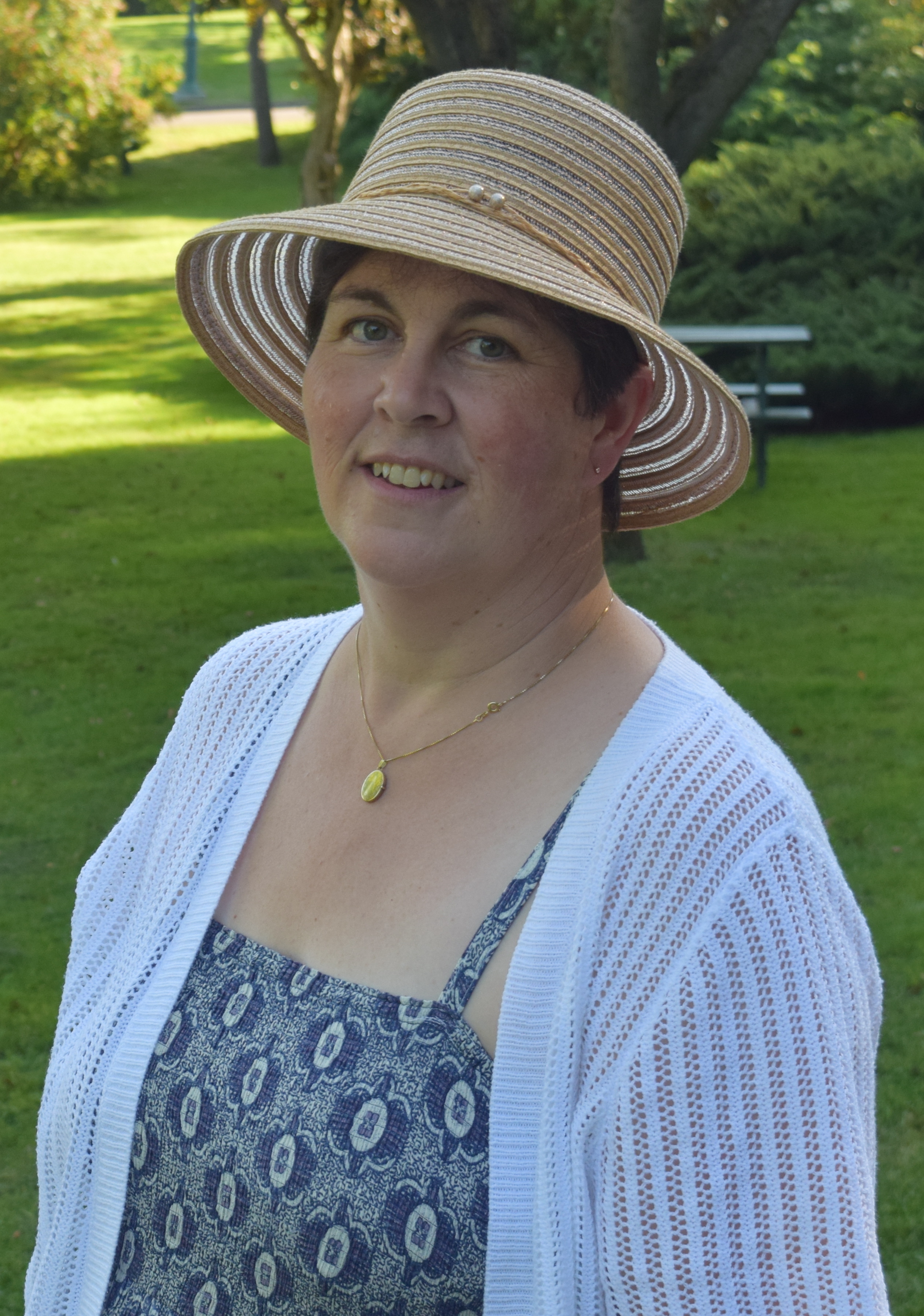We’re well into October now and this is in danger of becoming a blog about rain. Now, I may come across in these pages as something of a Polyanna, always looking on the bright side, but then that is part of the point of this site. I aim to spread some hope and optimism among people who are consistently battered down by the mantra, ‘You need to learn to cope.’ However, I’m as dispirited as the next woman when it’s time to get outside and I can barely see the garden through the stair-rod rain.
Today, I gird my loins and promise myself that, when I come back, I will bring some logs, light the fire and warm my chilled, hypothyroid bones. It’s easier to look on the bright side on a sunny, summer day, when every side is literally, if not figuratively, bright. Today takes a little more work.
I begin with a less than kind chuckle at my husband’s expense, leaving him dripping like an abandoned puppy by the dog hook outside our surgery, as I pick up my meds. I hasten to add that this is his choice, not my instruction. He doesn't want to drip all over the carpet.
There’s a more positive reason to smile as we walk past the village school, where plump, scarlet hawthorn berries shout out against the deep green and bright yellow of an ivy ladened hedge. It’s the flooded lane past the church that brings the real delight though. Our village is famous in the area for its geese and our fields are now thick with chickens too. I spot a heaving mass of beige on the path ahead and we decide to brave the giant puddles to investigate, rather than sticking to the shorter, drier, tarmacked route. Several small flocks of new ducklings have squeezed through the wire fences to play in the floods, flapping their feet and spraying themselves, and everything else around them, with a sheen of reddish mud. Underneath it all, I think they are supposed to be white. A torrent rushes through a gap in the verge, transforming the archaeological dig in the field beyond into a paddy field, again heaving with delighted ducks.
Under the only horse chestnut in the village that isn’t protected by geese or turkeys, I find a trove of conkers, their deep red depths shining like the light catching my daughter’s hair. I pocket a handful for old times sake, reminded of long, autumn afternoons of childhood, spent throwing anything we could find to knock the biggest conkers down. My smile broadens at a sudden flash of memory: the unwise choice of a half brick led to a schoolfriend's elevation to hero status when he appeared in the classroom with a matchbox containing the stitches from his conker war wound.
A little further on and I stop again to admire a multi-coloured beech hedge and listen to the patter of rain on its leaves. By the time we reach home I am immersed in a world of rich, damp scent and glistening colour and so I linger outside.
The garden is looking somewhat droopy and neglected and the lawn is more like a lush hay meadow. I have to work a little harder here to see the gems rather than the work that needs to be done. I could focus on the rotten wood of the flower border in my secret garden; the pile of edging, waiting until I have enough energy and assistance to remove one and dig in the other. Sternly, I set these thoughts aside and look instead at the shine on the hellebore and pulmonaria leaves that part-cover the wood. I can almost see the nodding flower heads and little splashes of pink and blue that they will produce under my window, come spring.
Heading back to the house in my new, positive mood, I stop to say hello to the ever-optimistic Buttercup rose under the kitchen window. It may be the ‘Season of mists and mellow fruitfulness’, heading towards winter, but cheerful little Buttercup nods her golden heads and holds up a whole candelabra of buds in the face of impending winter. If she can do it, so can I.
